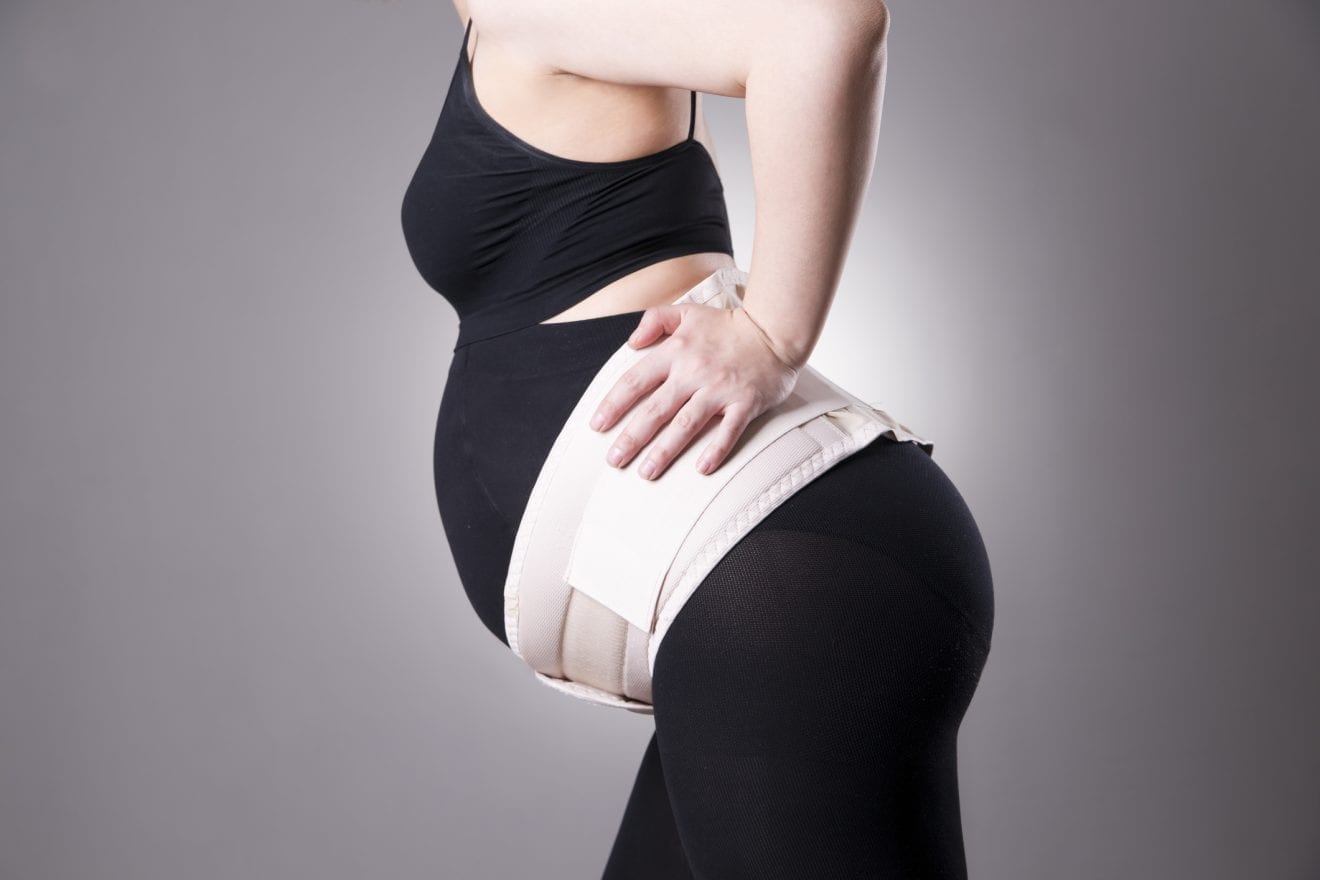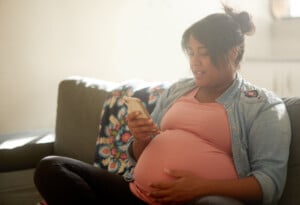So what exactly is maternity compression, and why might expectant and new moms need it? It’s a question I often hear from moms and one I love to answer.
What is Maternity Compression?
Maternity compression garments provide much-needed relief from a variety of issues associated with pregnancy and postpartum discomfort using targeted support. These include swollen feet and ankles (we all saw Jessica Simpson’s feet, right?!), back pain, and healing after baby.
As baby grows, your body must adjust to handle the extra weight and pressure on your core. You’ll feel it mostly in your hips, lower back, and pelvis, but the discomfort can travel down your legs. After enduring these changes to the body for about nine months, your body undergoes extreme changes again when giving birth. It will take about six weeks to make a full physical recovery. Maternity garments may help alleviate any pressure or swelling and enhance the healing process after baby.
Types of Maternity Compression Garments:
Compression Socks
Compression socks (also called compression stockings) are designed to expand with you during pregnancy and help prevent swelling, circulation issues, and varicose veins. They might look like regular socks with various colors and patterns, but there is a difference. You’ll notice as soon as you try to put them on. Compression socks are much tighter than regular socks.
When looking for compression socks or stockings, you may come across the term “gradient compression.” This means that a controlled amount of pressure is delivered, with the greatest pressure at the ankle gradually decreasing toward the top of the sock.
Compression socks may benefit any pregnant mom experiencing swelling or circulation issues. They are especially beneficial for moms who stand for long periods or walk long distances.
Maternity Support Bands
Maternity bands (sometimes called maternity support belts) are typically worn during the second and third trimesters of pregnancy to support your growing baby bump. They also relieve pressure on your abdomen, hips, and pelvis. Especially during the third trimester, your back and core start to really feel the weight of your growing belly. This places more pressure on your Sacroiliac Joint (SIJ). Your SIJ is responsible for stability, and moving around may become painful or more difficult.
Maternity bands can give you the core support needed to relieve ligament pain. They help you maintain the ability to do simple workouts, sit at your desk, or move about the office comfortably. Maternity bands may also help relieve hip pressure. This can aid in posture, prevent the pregnancy waddle, and prevent the likelihood of overextending your lower back while standing or sitting.
Postpartum Support Garments
This maternity compression item is the most unfamiliar to many moms. Postpartum support garments (also known as pelvic girdles) have specially designed panels to help stabilize and support loose and weak muscles. They are usually most beneficial when worn one week to four months postpartum.
They do this by supporting and aligning your abdomen until your abdominal organs and muscles can do their regular jobs again. Many women think they are just shapewear, but true maternity compression garments are designed to assist in healing by reducing pain, increasing mobility quicker, stabilizing the pelvic floor, and even helping to heal diastasis recti. Further, if you’ve had a C-section, a compression garment can take the pressure off your incision while it heals.
Which Maternity Compression Garments Are Best?
When it comes to choosing the right maternity compression garment(s), it will depend on your symptoms and where you are in your pregnancy or postpartum journey. It’s always best to consult with your doctor or midwife, who may need to prescribe these garments. Check to see if you are covered through insurance, as your insurance provider may offer some coverage.






























